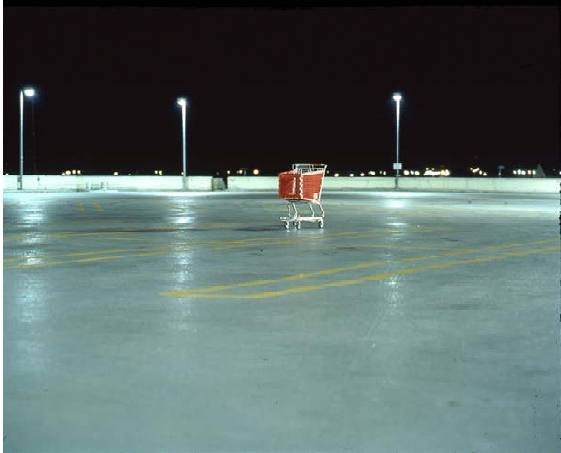Sites
dal 18/2/2009 al 2/5/2009
Segnalato da
Vito Acconci
Alice Aycock
Robert Gober
Bruce Nauman
Richard Serra
James Turrell
Doug Aitken
Gary Simmons
Robert Morris
Barry Le Va
Michael Heizer
David Smith
Carter E. Foster
Gary Carrion-Murayari
18/2/2009
Sites
Whitney Museum of American Art, New York
An exhibition exploring the various ways that artists have expanded and dealt with the notion of site or place. Drawn from the museum's permanent collection, the exhibition comprises approximately 50 works made between 1969 and 2005, including selected drawings, sculptures, prints, photographs, film and video. Instead of attempting to realistically depict physical places - interiors, landscapes, or city views - artists have pushed the boundaries of sculpture and adopted time-based media to forge a connection between viewers and their surroundings. This resulted in works that not only represent sites but also serve as locations for a new kind of physical experience or imaginative contemplation.

From February 19, 2009 to May 3, 2009, the Whitney
Museum of American Art presents Sites, an exhibition exploring the various ways that
artists have expanded and dealt with the notion of site or place. Drawn from the
museum’s permanent collection, the exhibition comprises approximately 50 works made
between 1969 and 2005, including selected drawings, sculptures, prints, photographs,
film and video. The exhibition is curated by Whitney curator Carter E. Foster and senior
curatorial assistant Gary Carrion-Murayari.
Instead of attempting to realistically depict physical places—interiors, landscapes, or city
views—artists have pushed the boundaries of sculpture and adopted time-based media to
forge a connection between viewers and their surroundings. This resulted in works that
not only represent sites but also serve as locations for a new kind of physical experience
or imaginative contemplation.
The exhibit includes works by artists such as David Smith who, throughout his career,
created complex photographic compositions of sculptures and the places that inspired
them. This expanded the relationship between the work and the site of its creation and
ultimately served as a precedent for artists of the late 1960s and early 1970s, including
Robert Morris, Barry Le Va, and Michael Heizer. These featured artists conceived their
sculptural work with a particular place in mind and used drawing to delineate their artistic
actions before execution. A group of prints by Robert Morris, for example, propose a
number of dramatic interventions into the landscape while the work of Agnes Denes
transforms familiar images of the natural environment to suggest utopian relationships
between us and our surroundings.
Artists have more recently moved fluidly between the site-specific and the
visionary—often using drawing and video to combine these two positions. Works by
Doug Aitken and Gary Simmons reveal this shift; Simmons’ wall drawing registers the
trace of the artist’s presence in chalk, while Doug Aitken’s multi-screen video
installation offers an experience of time and space between the real and the imaginary.
Other artists include Vito Acconci, Alice Aycock, Robert Gober, Bruce Nauman, Richard
Serra, and James Turrell, among others.
Image: Doug Aitken, Electric Earth, 1999. Film still, eight laserdisc installation and architectural environment. Whitney Museum of American Art, New York 2000.145 © Doug Aitken
Press contact
Stephen Soba, Leily Soleimani Tel. (212) 570-3633 Fax (212) 570-4169 pressoffice@whitney.org
The Whitney Museum is located at 945 Madison Avenue, New York City.
Museum hours are: Wednesday, Thursday, Saturday, and
Sunday from 11 a.m. to 6 p.m., Friday from 1 p.m. to 9 p.m., closed Monday and Tuesday.
Admission is $15 for adults; Members,
children (ages 11 and under), and New York City public high school students free. Senior citizens (62 and over) and students with
valid ID: $10. There is a $6 admission fee for a pass to the Kaufman Astoria Studios Film & Video Gallery only. Admission is pay-
what-you-wish on Fridays, 6-9 pm.



